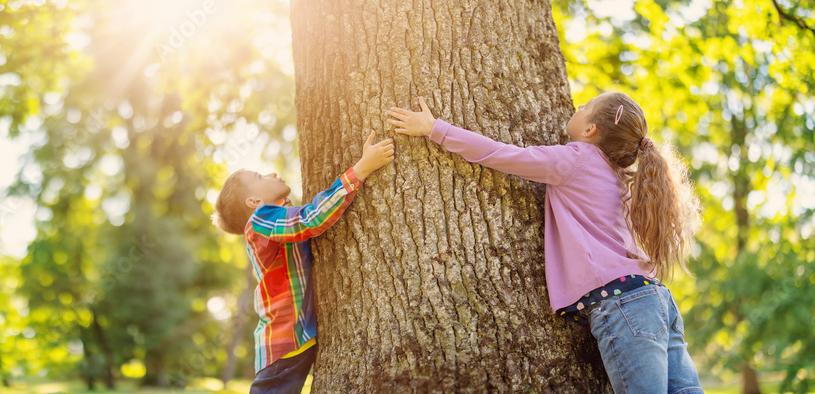
3 minute read
Saving Our Old-Growth Forests
WRITTEN BY GAIL SCHONTZLER
Joan Maloof is passionate about protecting America’s last remaining old-growth forests, which face threats from logging, wildfire and climate change.
To save some of the oldest living things on Earth, Maloof knows she’ll need help from some of the youngest – today’s children.
Founder of the nonprofit Old Growth Forest Network, Maloof has won some battles to save forests near her home. But she says such protections won’t last unless the next generation understands their importance.
“When we visit old-growth forests so many of us feel it’s a beautiful experience and spiritually uplifting. Those are the emotions we want to recreate. Those are the places we want to bring our children … so they will preserve it,” she said. “We can protect all the forests we want, but if we don’t have the next generation after us, it will all disappear.”
Maloof, 67, is a retired biology and environmental studies associate professor from Maryland’s Salisbury University. She is also the author of five books, including Nature’s Temples: A Natural History of Old-Growth Forests
She will be giving a free talk in Bozeman on April 11 at 7 p.m. at the Museum of the Rockies (reception at 6 p.m.), sponsored by Gallatin Valley Earth Day. It will also be livestreamed. Her topic is “Old-growth forests in Montana—Where are they, why are they important, and what can you do to save them.”
Old-growth forests are not only refuges where stressed-out humans can feel healthy and happy, Maloof said. They provide vital habitat for diverse wild creatures, at a time when many are threatened.
Old-growth and mature forests also do a tremendous job fighting global warming –removing about one third of the carbon dioxide we release by burning fossil fuels, she said.
“Nothing is doing more” to fight global warming, Maloof said, “and they’re doing it for free.”
Recent scientific studies have challenged old assumptions, she said, finding that older forests capture far more carbon dioxide from the atmosphere than young trees.
Twenty years ago, scientists believed old forests reach a steady state, but new studies have found that the older forests get, the more carbon they suck from the air, turning greenhouse gases into tree trunks, branches and roots.
Timber industry groups often argue that logging is necessary to thin old forests and prevent wildfires. Maloof pointed to scientific studies that found that when forests are thinned, they can burn more quickly because they’re drier and the wind can move through them faster.
“I do believe we can log some places and have wood products,” Maloof said. “I’m doing a renovation of my house – I love wood. We should also have some places that are off limits.”
Wild Montana’s website lists a few hikes through old-growth forests. Closest to Bozeman is the hike to Grotto Falls above Hyalite Lake.
The Biden administration has taken steps toward protecting federal old-growth forests. On Earth Day 2022 and 2023, it ordered the U.S. Forest Service and Bureau of Land Management to inventory and propose ways to protect old-growth forests. The Forest Service has proposed to amend forest management plans nationwide.
However, the proposals won’t be final until January 2025, when a new administration may take over. Hundreds have asked the administration to act sooner.
Still, Maloof said, “It’s very exciting. I’m very hopeful.”
To educate the public, the Old Growth Network has set a goal to identify and protect an oldgrowth forest in every county. So far it has identified 233 old-growth forests in 34 states, but none in Montana. She’s hoping to engage Montana volunteers.
Maloof said she hopes to save places that are easily accessible, where, “Grandparents can take their grandchildren.”










